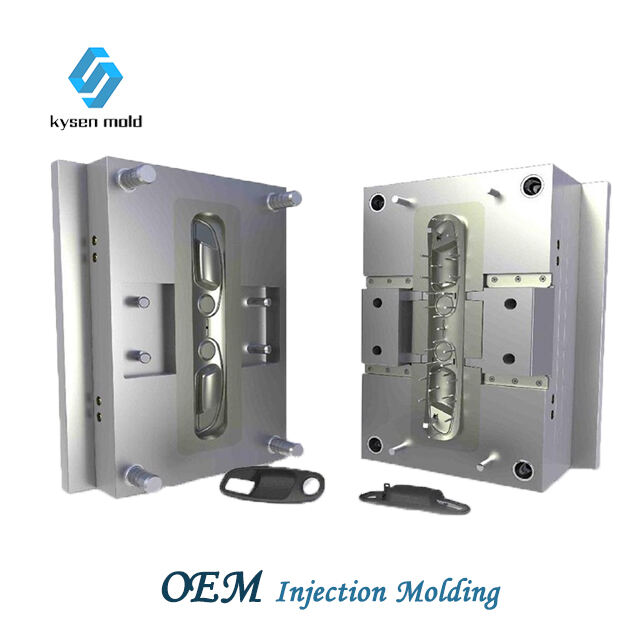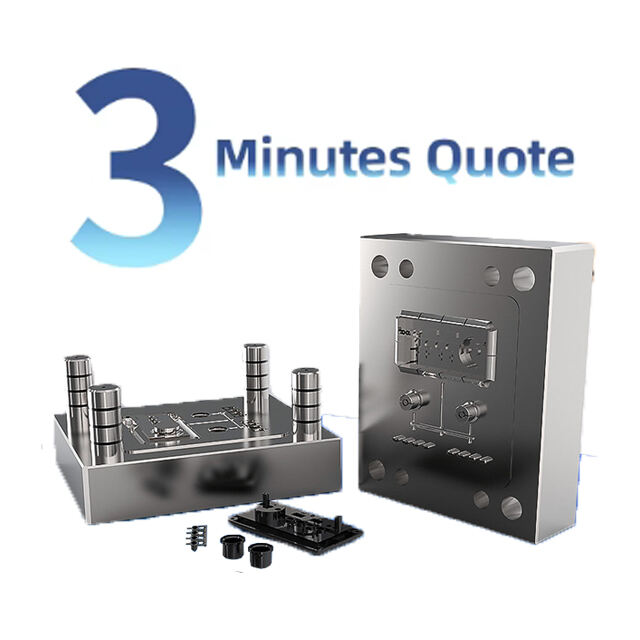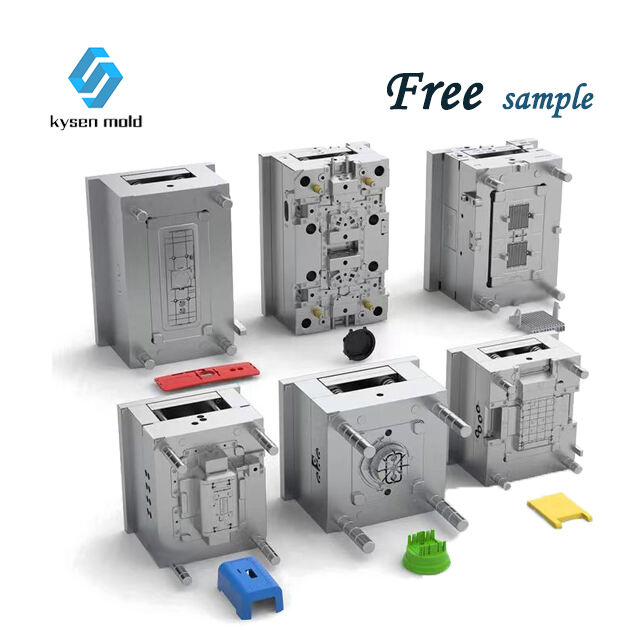soft tooling for injection molding
Soft tooling for injection molding is an innovative technique used in the plastics industry that involves the use of materials with lower hardness compared to conventional metal molds. Its main functions include rapid prototyping and low-volume production, facilitating faster and more cost-effective development cycles. Technological features of soft tooling encompass the use of materials such as aluminum, silicone, and epoxy resins, which are easier to machine and quicker to cool than steel. This technology is applied across various industries, including automotive, electronics, and medical, where it is used for producing parts and components that do not require the high quantities usually associated with traditional injection molding.


